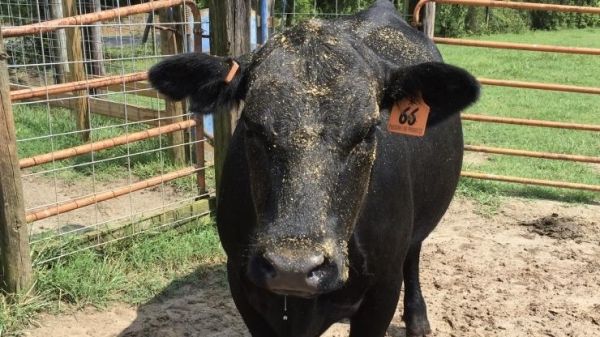Now researchers at Georgia Institute of Technology and the Centers for Disease Control and Prevention are highlighting another effect from animals raised for food and the humans who eat them: the waste they all leave behind.
In a paper published November 13 in Nature Sustainability, the research team put forth what they believe is the first global estimate of annual recoverable human and animal fecal biomass. In 2014, the most recent year with data, the number was 4.3 billion tons and growing, and waste from livestock outweighed that from humans five to one at the country level.
“Exposure to both human and animal waste represent a threat to public health, particularly in low-income areas of the world that may not have resources to implement the best management and sanitation practices,” said Joe Brown, an assistant professor in Georgia Tech’s School of Civil and Environmental Engineering. “But estimating the amount of recoverable feces in the world also highlights the enormous potential from a resource perspective.”
Metals, phosphorus, nitrogen and potassium are all among the resources that could be recovered from human and animal waste. The researchers pointed to an earlier analysis that estimated the value of recoverable metals alone reaches $13 million a year from the waste of one million people.
Continue reading at Georgia Tech
Image via Georgia Tech


